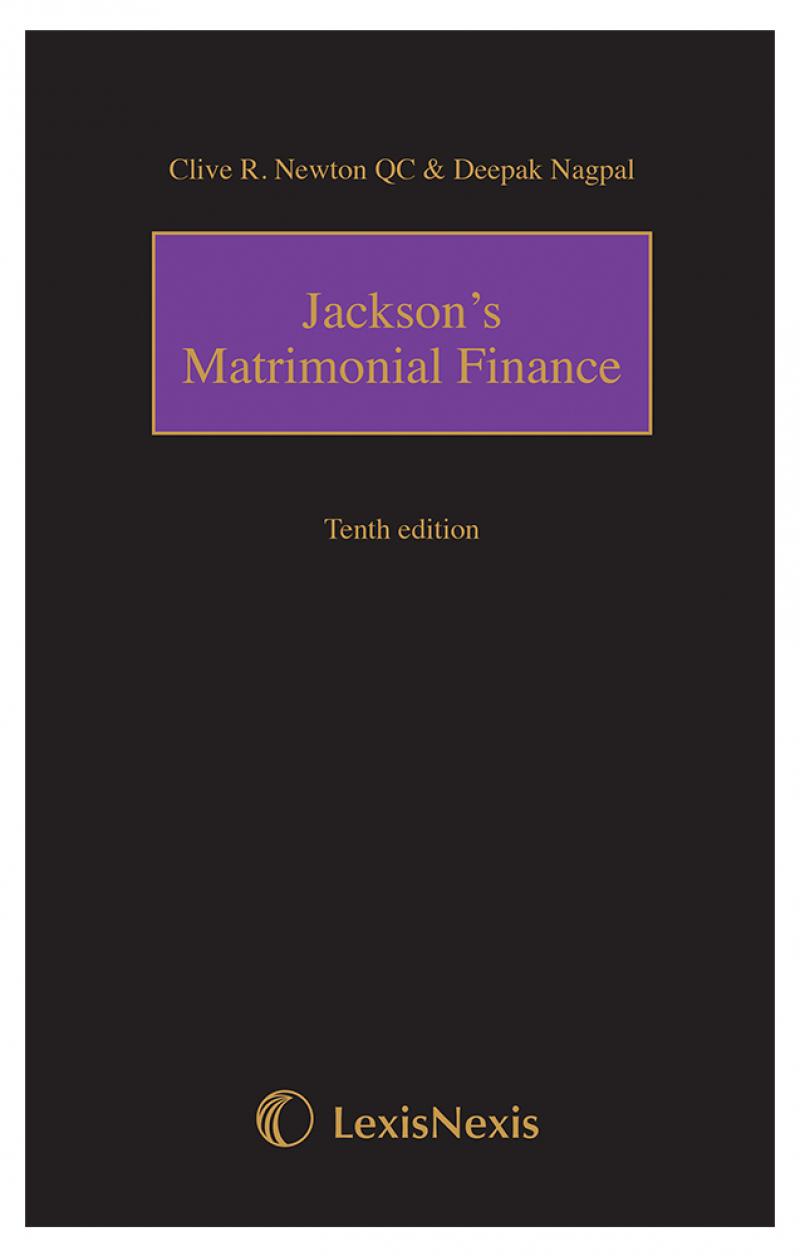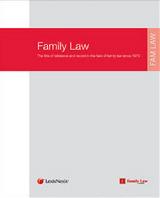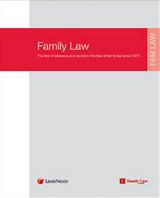One man’s inference is another man’s imputation: logic theory and legal practice in TOLATA 1996 claims
Sep 29, 2018, 19:32 PM
Beneficial ownership, Co-owned property, Common intention, Imputation, Inference,
Intention, Joint ownership, Logic, Property, beneficial interest, Tenancies, joint
TOLATA proceedings
Title :
One man’s inference is another man’s imputation: logic theory and legal practice in TOLATA 1996 claims
Slug :
one-man-s-inference-is-another-man-s-imputation-logic-theory-and-legal-practice-in-tolata-1996-claims
Meta Keywords :
Beneficial ownership, Co-owned property, Common intention, Imputation, Inference, Intention, Joint ownership, Logic, Property, beneficial interest, Tenancies, joint TOLATA proceedings
Canonical URL :
Trending Article :
No
Prioritise In Trending Articles :
No
Check Copyright Text :
No
Date :
Oct 31, 2016, 05:16 AM
Article ID :
113267
‘From a drop of water a logician could infer the possibility of an Atlantic or a Niagra without having seen or heard of one or the other.’ (Arthur Conan Doyle, The Adventures of Sherlock Holmes)
In domestic cases involving a dispute about the fact and/or extent of a party’s beneficial interest in property, the search is primarily to ascertain the parties’ intentions, whether expressed or inferred (
Jones v Kernott [2011] UKSC 53, [2012] 1 FLR 45, at para [31]). If a property’s legal title is held in two parties’ joint names (A and B), the law presumes that both parties (A and B) hold the beneficial interest under a joint tenancy. If legal title is in a party’s sole name (A), the presumption is that A is the sole beneficial owner. The other party (B) must satisfy the court that he has some beneficial interest in the property before seeking a quantification of that interest. In the latter ‘sole name’ case, and absent a written declaration of trust, the court relies principally on oral agreements or the parties’ conduct in relation to the property to infer a common intention constructive trust in favour of B. If the court is able to infer such an agreement but is unable also to infer the proportions in which the beneficial interest is to be held (its quantification), it is permissible for the court to impute, ie to attribute to the parties an intention as to how the beneficial interest is held: thereby to quantify and to declare those beneficial interests.
This article will consider the meaning, interplay and limits of the concepts of inference and imputation. These two terms have caused much consternation. What can you infer? What can’t you impute? How does the judge do either or none? The Court of Appeal has sought in recent judgments to shed some light on this dark art.
The full version of this article appears in the October 2016 issue of Family Law.
Online subscribers can access the article here.
For details on how you can subscribe to Family Law or any other titles, please contact a member of our sales team: Tel 0117 917 5100, or email: editor@jordanpublishing.co.uk
Provider :
Product Bucket :












 11 FEB 2025
11 FEB 2025

 11 FEB 2025
11 FEB 2025

 11 FEB 2025
11 FEB 2025

 11 FEB 2025
11 FEB 2025

 11 FEB 2025
11 FEB 2025














Leave a commentOrder by
Newest on top Oldest on top